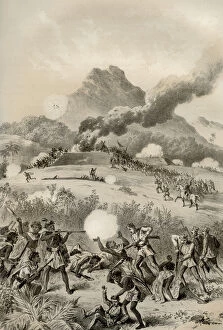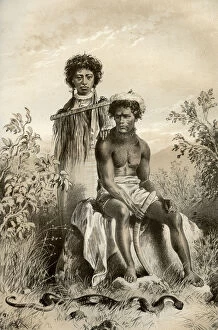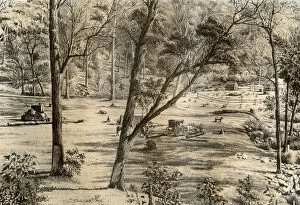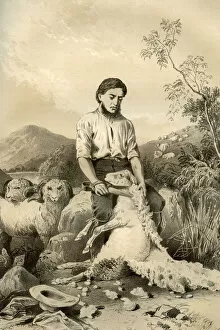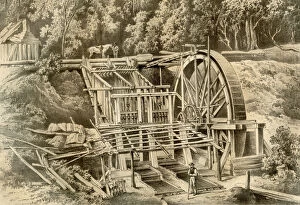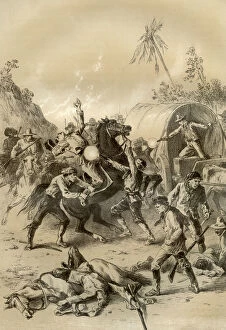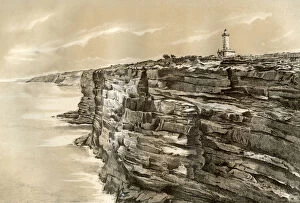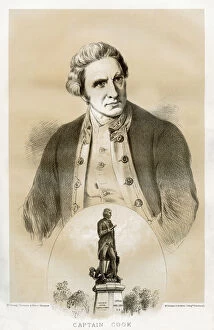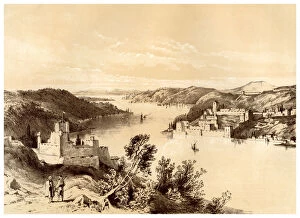Mcfarlane And Erskine Collection
Journeying through time and continents, the artistic duo McFarlane and Erskine captured the spirit of exploration in their vivid works
For sale as Licensed Images
Choose your image, Select your licence and Download the media
Journeying through time and continents, the artistic duo McFarlane and Erskine captured the spirit of exploration in their vivid works. In 1879, these Australian explorers turned artists took us on a visual expedition to Constantinople, immersing us in the vibrant atmosphere of the 19th century city. Their brushstrokes then transported us to New Zealand's Maori Wars, where we witnessed the intense battle as they depicted the taking of a Maori redoubt. But it wasn't just war that fascinated McFarlane and Erskine; they also delved into nature's wonders. In one masterpiece from 1879, they showcased an encounter between Maoris and a carpet snake in New Zealand, capturing both awe and curiosity. The pair then ventured into Tasmania's lush forests, painting an enchanting scene that invited viewers to lose themselves amidst towering trees. Returning home to Australia in their artistry, McFarlane and Erskine documented life Down Under with great detail. They portrayed Brisbane bustling with activity in Queensland during 1879—its streets alive with people going about their daily lives. A free selectors hut stood as a testament to pioneering spirits seeking new beginnings on Australian soil. The duo didn't shy away from depicting hardships either; they revealed the struggles faced by diggers tramping across vast landscapes searching for gold or shearers laboriously tending to sheep under scorching suns. And when danger lurked around every corner during Australia's Gold Rush era, McFarlane and Erskine immortalized bushrangers attacking a gold escort—a thrilling moment frozen forever on canvas. Finally, South Head at Port Jackson became their muse as they captured its majestic beauty against crashing waves—an homage to Australia's stunning coastal landscapes. Through each stroke of their brushes, McFarlane and Erskine painted stories that transcended time—showcasing not only historical events but also the resilience, beauty, and diversity of the human experience.



